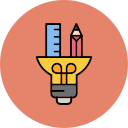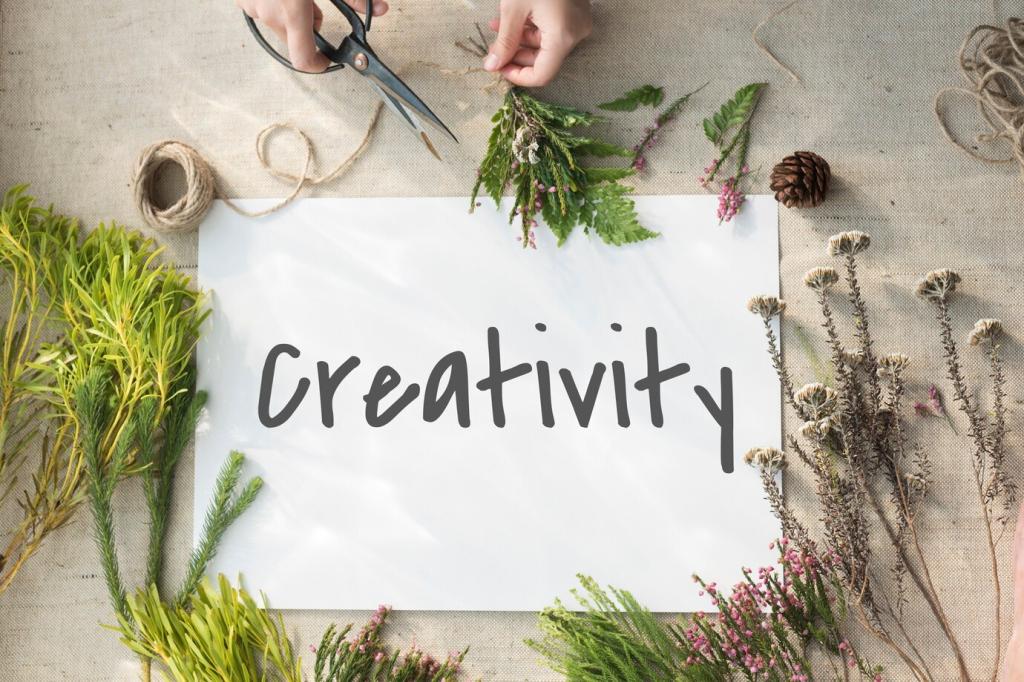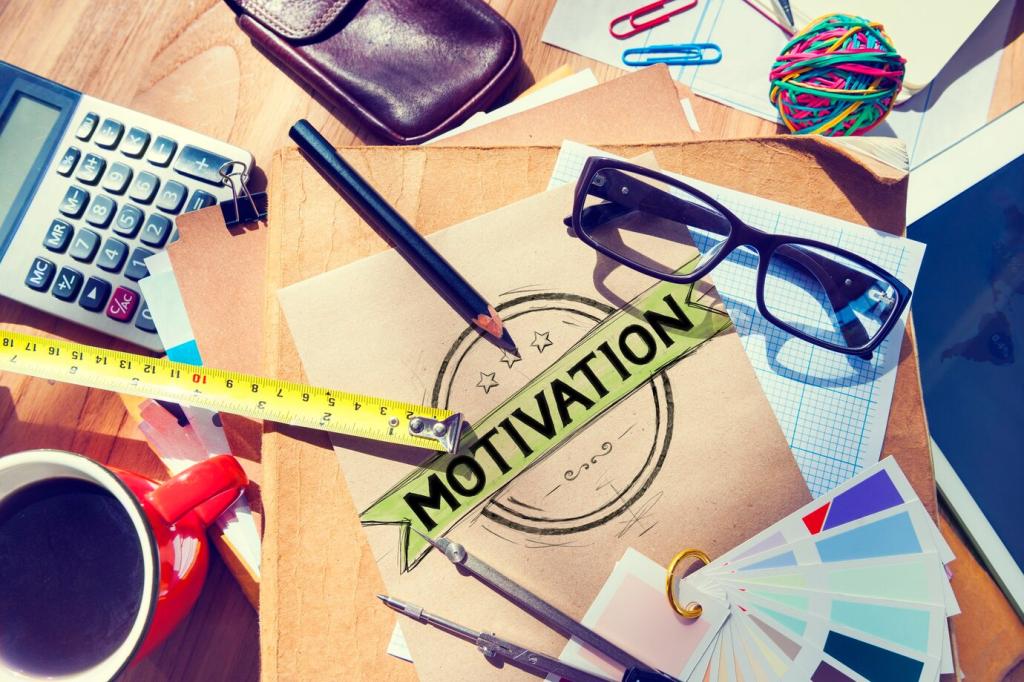Sustainability and Policy as Career Catalysts
Master rain gardens, bioswales, and permeable systems. Coordinating civil drawings with planting plans and maintenance protocols makes you indispensable. Success here is visible: reduced flooding, cooler microclimates, and greener streets people enjoy using daily.
Sustainability and Policy as Career Catalysts
Accessibility is not an afterthought; it is a design ethic. Expertise in tactile cues, slopes, and inclusive seating wins trust with communities and reviewers. It also broadens your portfolio’s impact across age, ability, and cultural contexts.




